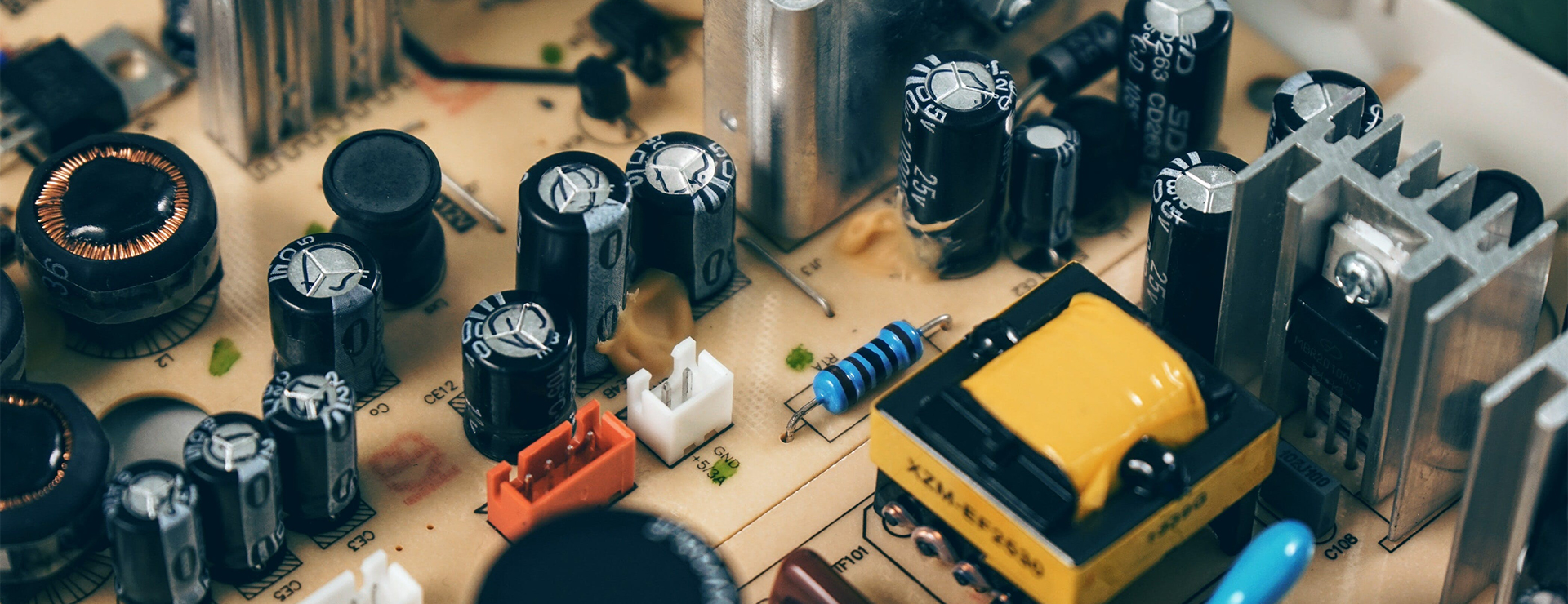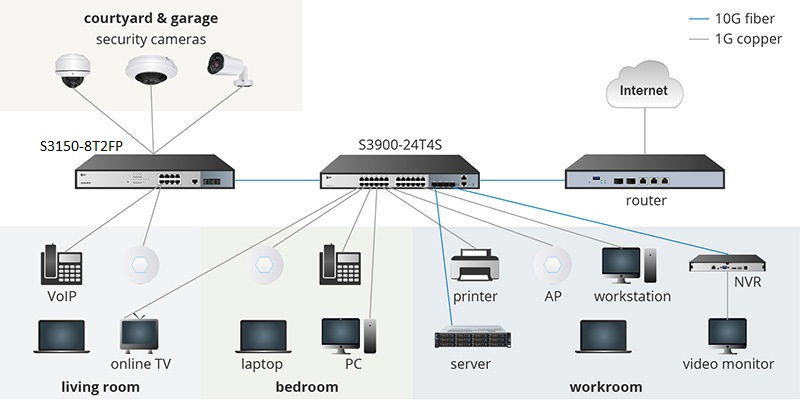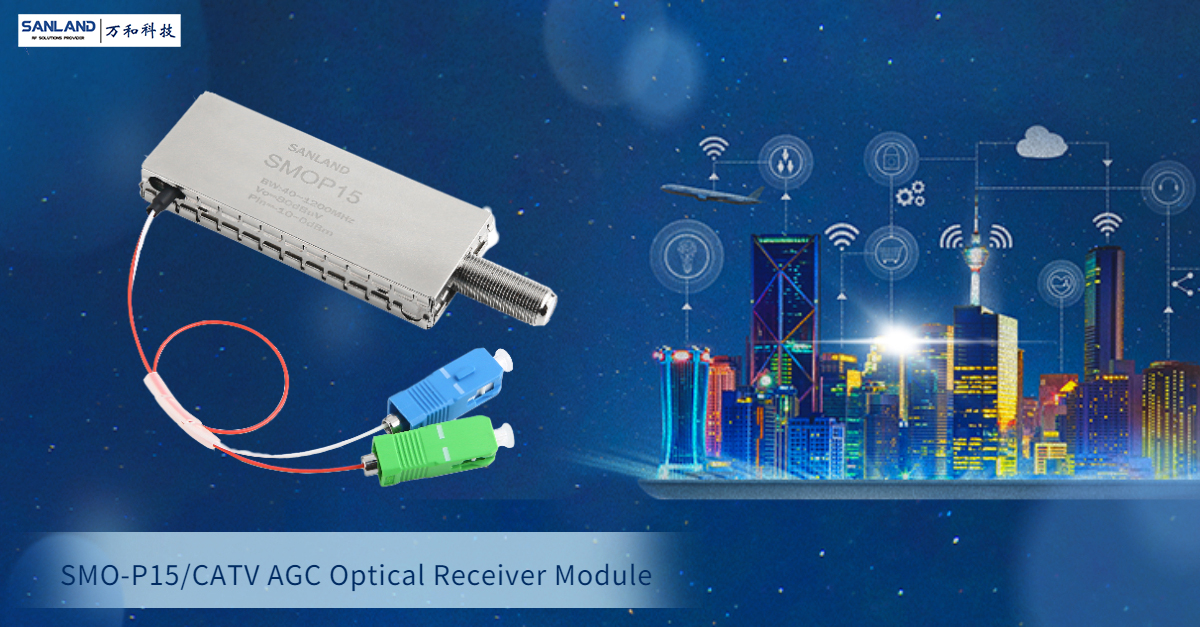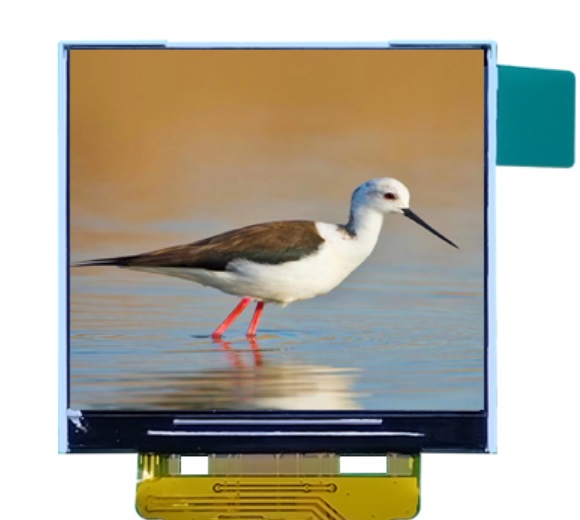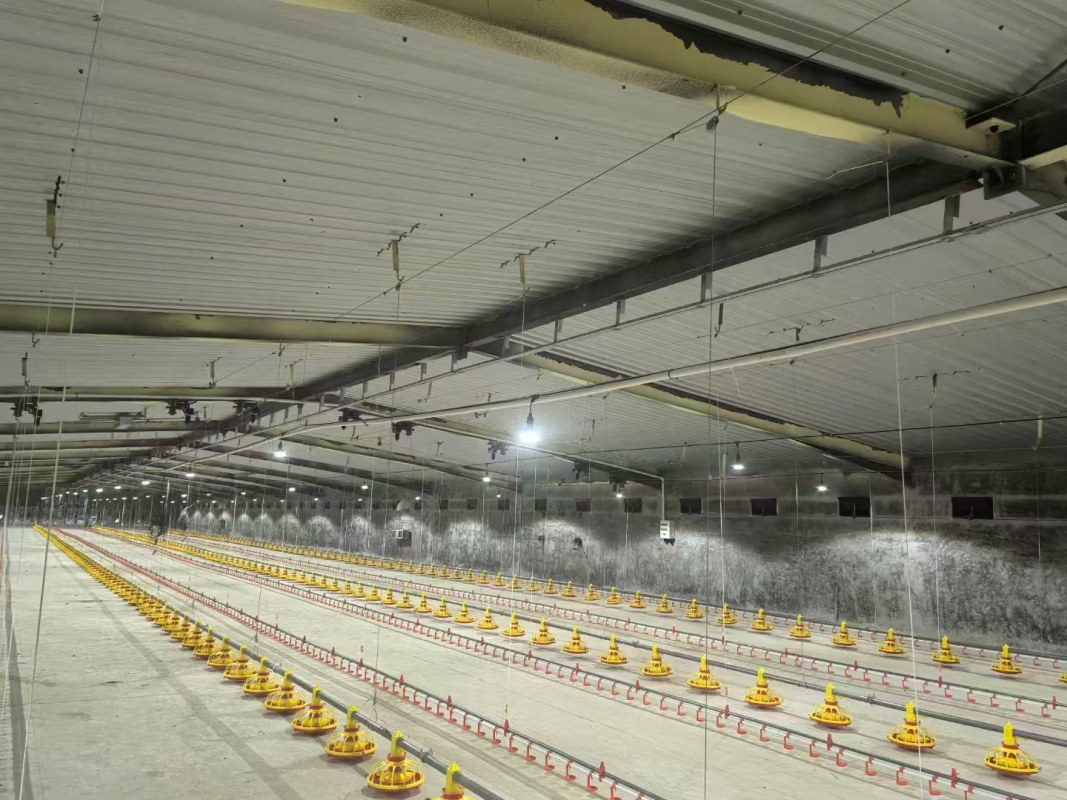What Are the Benefits of Using RF-60TC PCB?
Introduction
Welcome to our in-depth product description of the RF-60TC high-frequency PCB. Designed for high-power RF and microwave applications, the RF-60TC utilizes a highly thermally conductive, ceramic-filled, glass-reinforced PTFE laminate. Its unique composition ensures lower operating temperatures and improved gains and efficiencies, making it an ideal choice for various applications, including high power amplifiers, miniaturized antennas, GPS devices, filters, couplers, and dividers. In this comprehensive blog post, we'll explore the exceptional features, benefits, construction details, and typical applications of the RF-60TC Taconic PCB Substrate, showcasing its unparalleled performance, reliability, and versatility.
Features and Benefits
The RF-60TC Taconic high frequency PCB offers a range of impressive features that distinguish it from conventional materials, ensuring superior performance and durability in demanding high-frequency applications.
1)Glass Reinforced PTFE Ceramic Composites:
The RF-60TC utilizes a carefully engineered blend of glass-reinforced PTFE ceramic composites, providing excellent mechanical strength and dimensional stability. This enables the construction of high layer count multilayer PCBs with improved plated through hole reliability, offering enhanced longevity and reliability for your applications.
2)Low Dielectric Losses and Stable DK:
With a dielectric constant (Dk) of 6.15 at 10 GHz and a dissipation factor of 0.002 at 10 GHz/23°C, the RF-60TC ensures minimal signal losses, delivering optimal performance for high-frequency circuits. Additionally, this material maintains stable DK over a wide frequency range, ensuring consistent and reliable signal integrity.
3)Superior Thermal Management:
The RF-60TC excels in thermal conductivity, with a high thermal conductivity of 0.9 W/MK (unclad), 1.0W/MK (0.5oz copper), and 1.05 W/M*K (1oz copper). This exceptional heat transfer capability enhances heat dissipation, enabling lower operating temperatures, extended component lifetime, and improved long-term reliability. The material's thermal coefficient of Dk (-3.58 ppm/°C during -50°C to 150°C) ensures stable performance even in extreme temperature environments.
4)Excellent Adhesion and Low Moisture Absorption:
The RF-60TC exhibits excellent adhesion properties to very low profile and reverse treated copper, reducing insertion loss and improving signal integrity. Furthermore, with a low moisture absorption rate of 0.03%, the PCB maintains its performance and reliability even in high-humidity conditions.
5)Enhanced Dimensional Stability and Low Z-Axis CTE:
The RF-60TC's low coefficient of thermal expansion (CTE) in the X and Y axes (9.9 ppm/°C) and the Z-axis (40 ppm/°C) ensures improved dimensional stability. This characteristic is crucial for high-density applications and ensures the precise alignment of components, reducing the risk of solder joint failures and ensuring long-term reliability.

PCB Construction Details
The RF-60TC 20mil Taconic PCB Substrate is a well-constructed 2-layer rigid PCB with specific dimensions, materials, and finishes, designed to meet the rigorous demands of high-frequency applications.
Board Specifications:
Dimensions: 200mm x 62mm±0.15mm
Minimum Trace/Space: 4 mils
Minimum Hole Size: 0.2mm
Finished Board Thickness: 0.6mm
Finished Copper Weight: 1 oz (1.4 mils) outer layers
Via Plating Thickness: 20μm
Surface Finish and Solder Mask:
The RF-60TC 20mil Taconic PCB Substrate features an immersion gold surface finish, providing excellent solderability and protection against oxidation. The top solder mask is green, while the bottom side does not have a solder mask. The top silkscreen is white, improving the readability and identification of components.
Electrical Testing and Quality Assurance
Every RF-60TC Taconic RF Laminates PCB undergoes a 100% electrical test prior to shipment, ensuring that each board meets the highest quality standards and performs flawlessly in your applications. The IPC-Class-2 standard is followed throughout the manufacturing process, guaranteeing consistent and reliable performance.
Typical Applications
The Double Sided RF-60TC PCB is an excellent choice for various high-frequency applications, thanks to its exceptional performance characteristics. Here are some typical applications where the RF-60TC excels:
1)High Power Amplifiers:
The RF-60TC's low loss tangent, high thermal conductivity, and superior adhesion to metal make it ideal for high power amplifier designs. It enables efficient power transmission, improved heat dissipation, and enhanced reliability, ensuring optimal performance and longevity.
2)Miniaturized Antennas:
With its low dielectric losses, stable DK, and excellent dimensional stability, the RF-60TC is perfect for miniaturized antenna applications. It enables compact and efficient antenna designs with improved signal transmission and reception capabilities.
3)GPS, Patch, and RFID Readers:
The RF-60TC's high frequency performance and thermal management capabilities make it an excellent choice for GPS devices, patch antennas, and RFID readers. Its stable DK, low moisture absorption, and enhanced heat dissipation contribute to reliable and accurate signal processing.
4)Filters, Couplers, and Dividers:
The superior performance of the RF-60TC in high-frequency applications makes it a preferred choice for filters, couplers, and dividers. Its low loss tangent, stable DK over temperature, and dimensional stability ensure reliable and precise signal conditioning.
5)Satellites:
The RF-60TC's high thermal conductivity and superior thermal management properties make it suitable for satellite applications. It ensures optimal heat dissipation in the demanding space environment, contributing to the longevity and reliability of satellite systems.
Conclusion
In summary, the RF-60TC 20mil Taconic substrate PCB sets the standard for high-frequency performance and thermal management. Its unique composition, exceptional features, and reliable construction make it the perfect choice for a wide range of applications. Whether you need high power amplifiers, miniaturized antennas, or reliable GPS devices, the RF-60TC PCB delivers outstanding performance, durability, and reliability, keeping your applications at the forefront of technology.
Don't miss out on the opportunity to leverage the exceptional capabilities of the RF-60TC PCB. Contact us now to explore how thishigh-frequency material can elevate your designs and take your applications to new heights. With worldwide availability, we are ready to support your project and help you achieve success.

